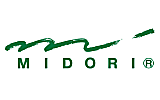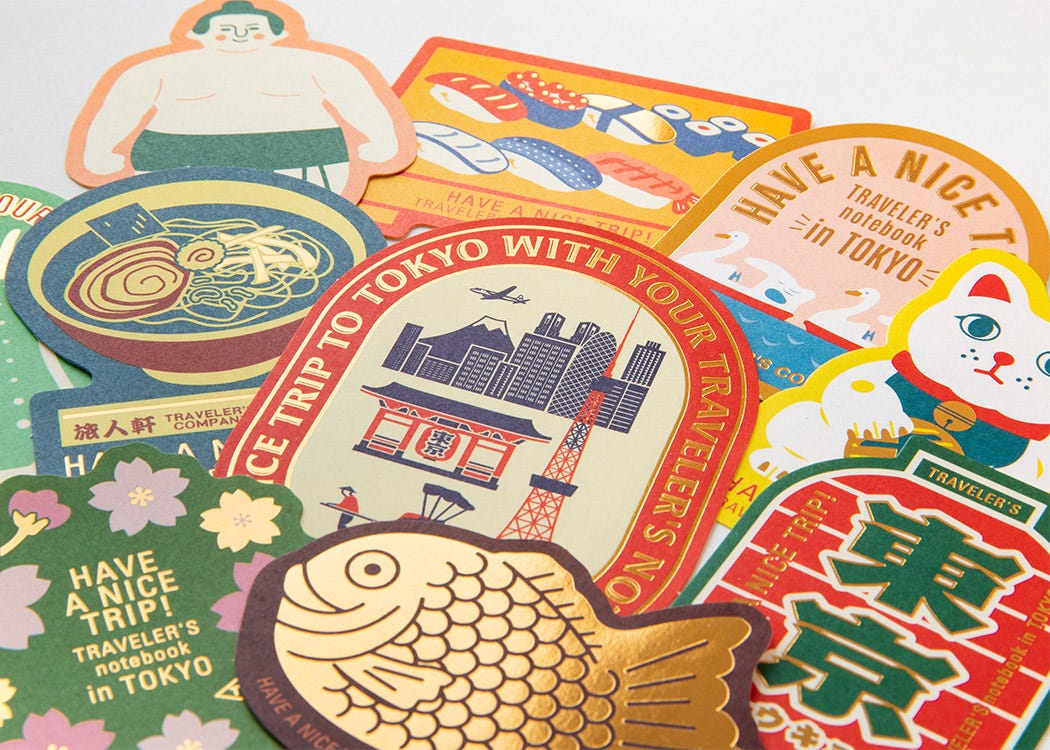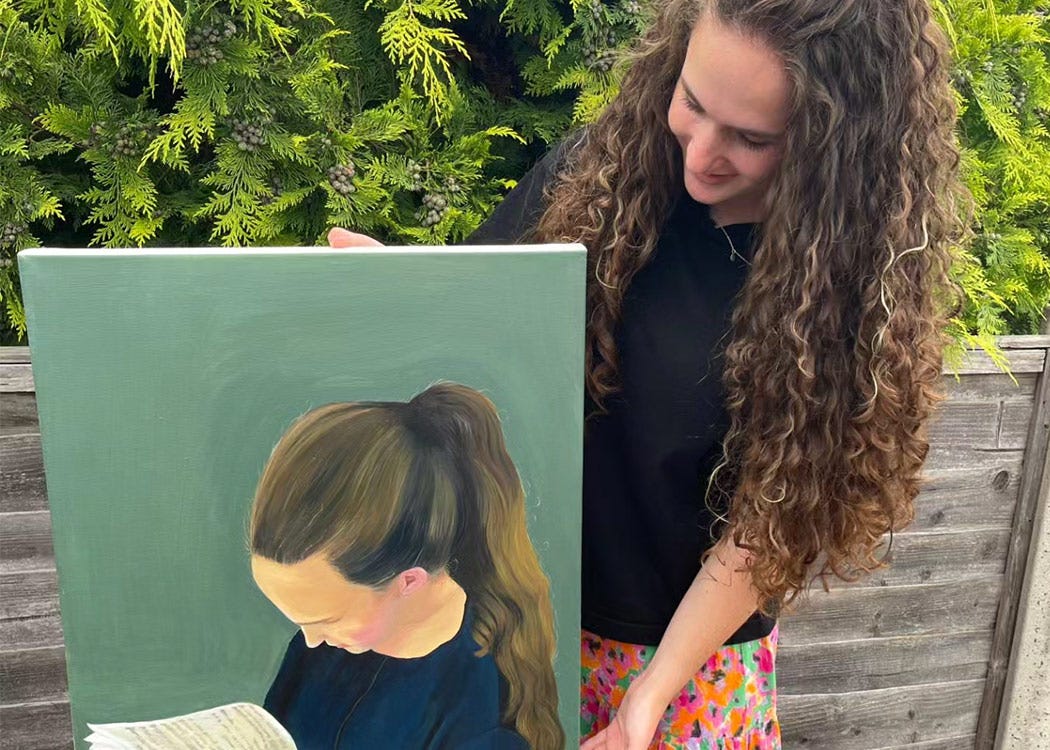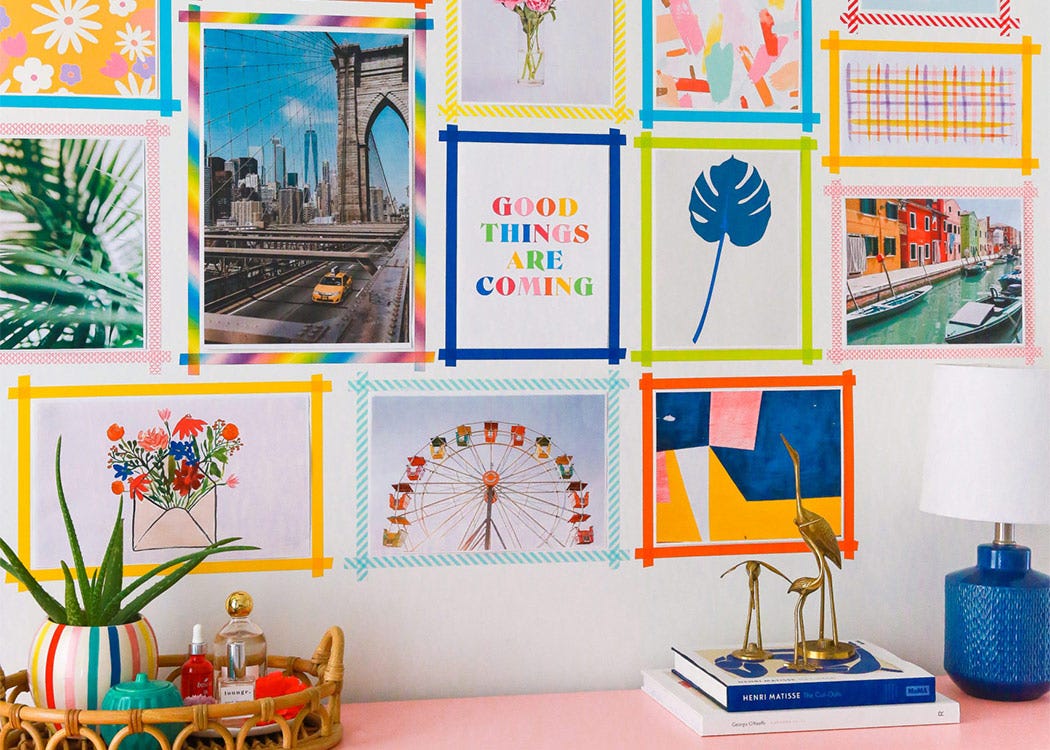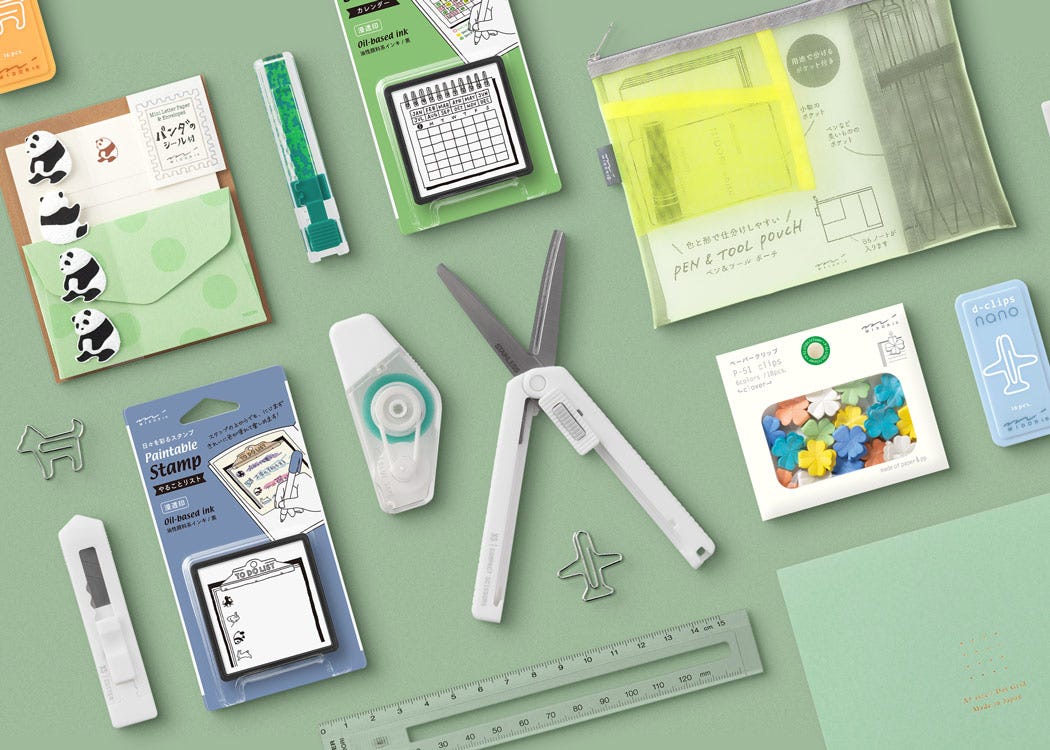Art Prize 2023 winner- Tom Mead

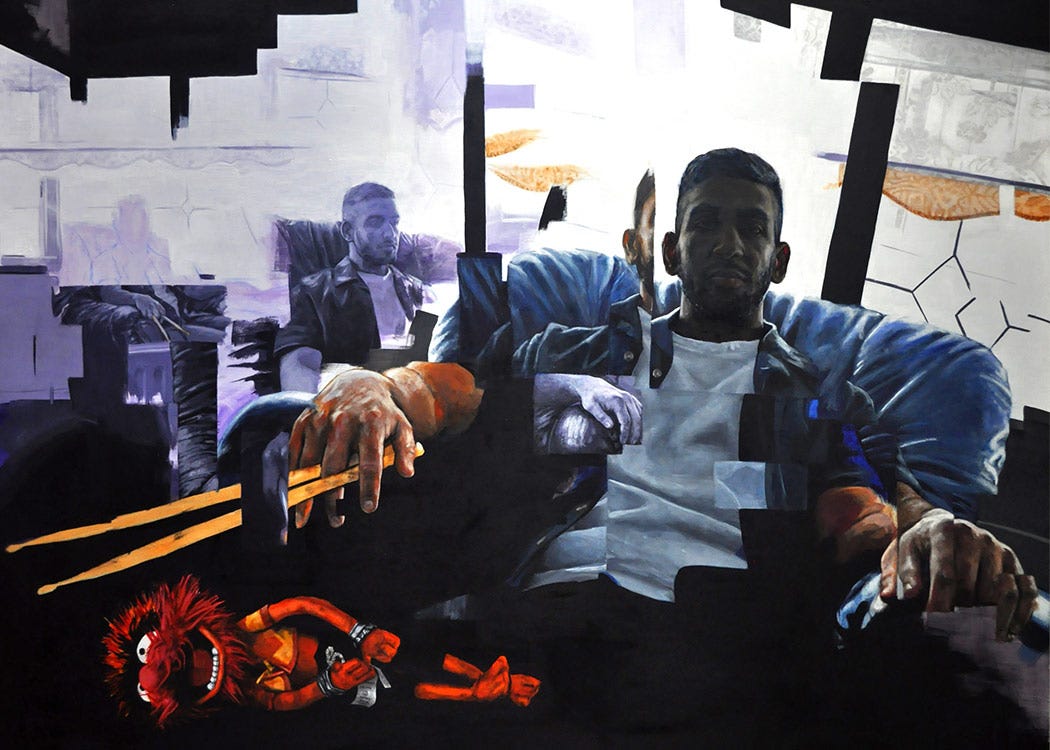
Introducing artist Yasmin Smith. Learn more about her, her inspiration and her work.
Introducing Tom Mead, winner of the 2023 LGC Art Prize supported by Theo Paphitis
Tom Mead, (b.1997) is a figurative Artist, living in London.
Challenging pictorial space, the fractured and overlapping nature of Mead's paintings convey a sense of life and movement over time, and explores the relationship between traditional painting and technology using 'glitches'.
Often clinging to visuals and ideology from childhood and cinema, Mead's artworks juxtapose this imagery with a harsher reality and the expectations of 'growing up'. As a result, a melancholic, warped form of nostalgia remains, with themes such as identity and existentialism permeating throughout.
Congratulations on winning the LGC Art Prize! Can you share your initial reaction and emotions when you found out you had won?
Thank you very much! Initially I was very proud just to make the shortlist, especially when I saw the talented artists I had been grouped with. To actually hear Theo Paphitis announce I had won was very surreal, something I assumed would never happen, let alone for the first prize. Painting can at times be a very isolated, overly-personal occupation, and to see my work speak to other people and to hear their interpretations and reactions to my artwork is extremely motivating and validating. I also cannot understate the importance of the prizes themselves, which will play a large role in furthering and improving my practice.
Tell us more about the artwork that won you this award. What inspired it, and how did you go about creating it?
'Stoic' was a piece I had planned for about four years. I knew I wanted to paint one of my closest friends and drummer, Jacob, as I have always been drawn towards young creatives as a subject. Thankfully, I became busy with other projects and didn't immediately start this piece after its idea's conception. This meant that every few months I would come back to the sketched idea and make changes, push it further and expand on the original idea until it became something much more conceptually and compositionally interesting. When I finally decided it was ready (after around twenty iterations), I visited my friend in his home, took around eighty photographs and collaged them on photoshop until they matched my final sketch. From there I used the collage as my reference, until it reaches a point where I can paint more intuitively and be less restrained by the photoshop mock up.
Art often has a powerful message or meaning. What message or emotions were you hoping to convey through your winning piece?
My focus on young creatives has been a theme in many of my portraits. I want to represent the struggle that comes with pursuing a passion at this age, especially when from a working class background. The admirable decision to follow their dreams, the isolation, the pride, the self doubt, not knowing whether it will work out. These conflicting emotions are very engaging and relatable to me, and I often find these individuals (and myself) simultaneously cherishing and blaming aspects of their childhood for sending them down this pathway. Including toys in my compositions is to highlight this, showing a naive, pure but also slightly embarrassing connection to childhood. I've often used the terms 'melancholy nostalgia' or 'saudade' to describe my themes. With the particular series of work that 'Stoic' belongs to, I think the overall feeling I wanted to convey was a sense of asking 'now what?' As for many of us the answer is not clear at all.
Artists often have a unique relationship with their materials and techniques. Can you tell us about your artistic process and the materials you prefer to work with?
As I mentioned, a more unique part of my process has been collaging photographs together on photoshop, and painting from the result. Recently, I've been moving away from that, and I am exploring new ways to deconstruct or 'glitch' my artwork. I am particularly interested in showing the various stages of a painting in the finished result, and have been using tape to the leave little 'windows' to the previous layers in my paintings. I mostly work in acrylics as their quick drying nature lends itself to my 'figuring out' stage, where things can change quite dramatically quite quickly. I can tend to add a few final layers in oils, and most of my work painted from life is completely in oil. Usually I work on canvas, although 'Stoic' and a few others were painted on aluminium, which gave me a perfectly smooth texture that immensely improved my geometric, angular glitched elements. I want to achieve a harmony between my painted artwork and three dimensional pieces too, 'Stoic' actually has a clay sculpture to accompany it, and I'm currently creating 3D environments and 'sets' to paint from using cardboard.


Full width image


Left image text here


Right image text here





